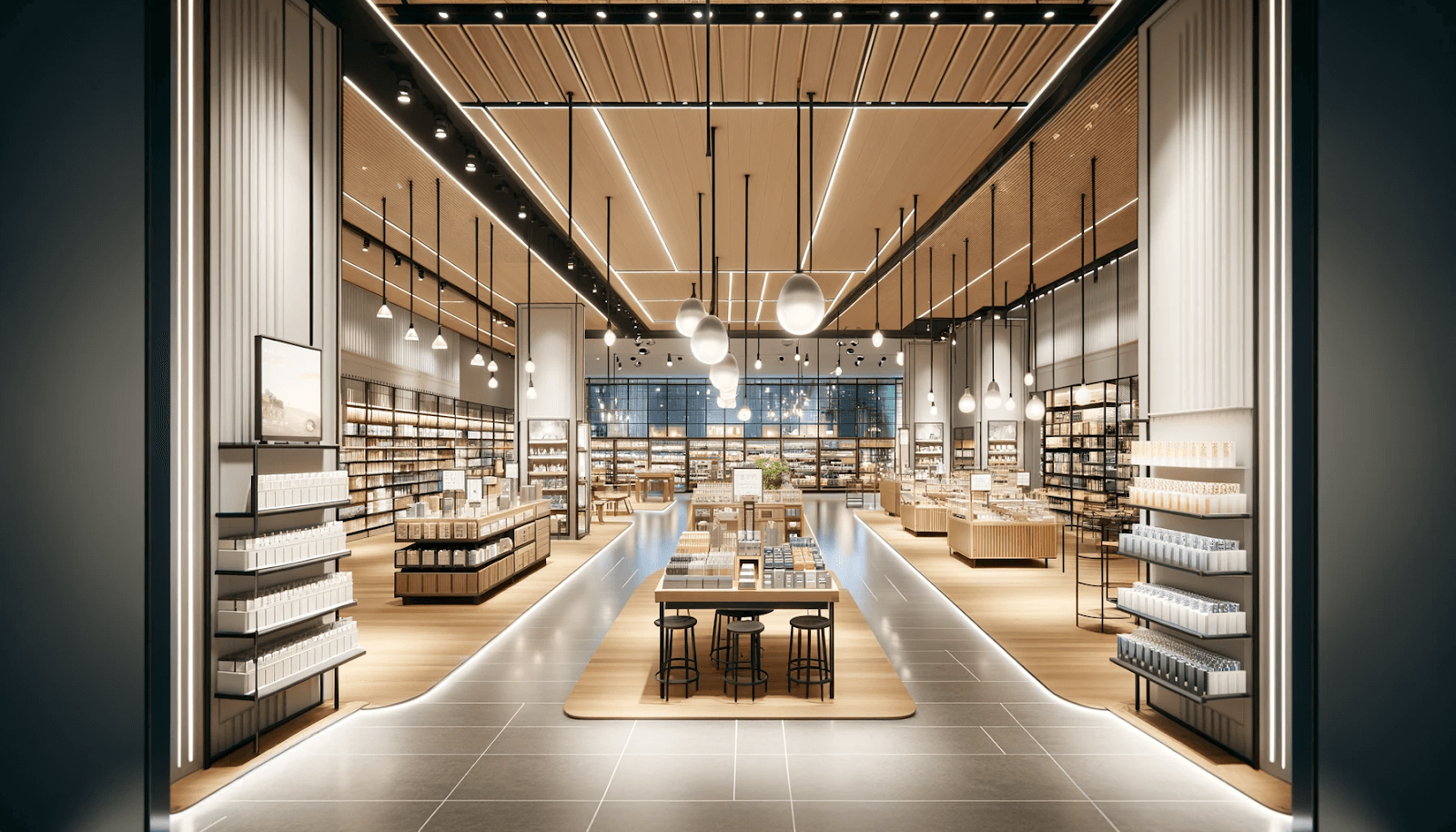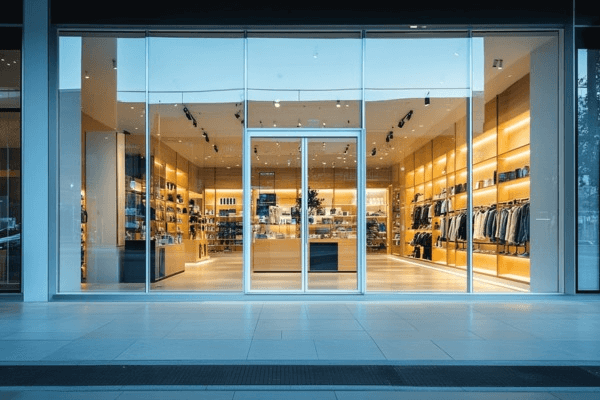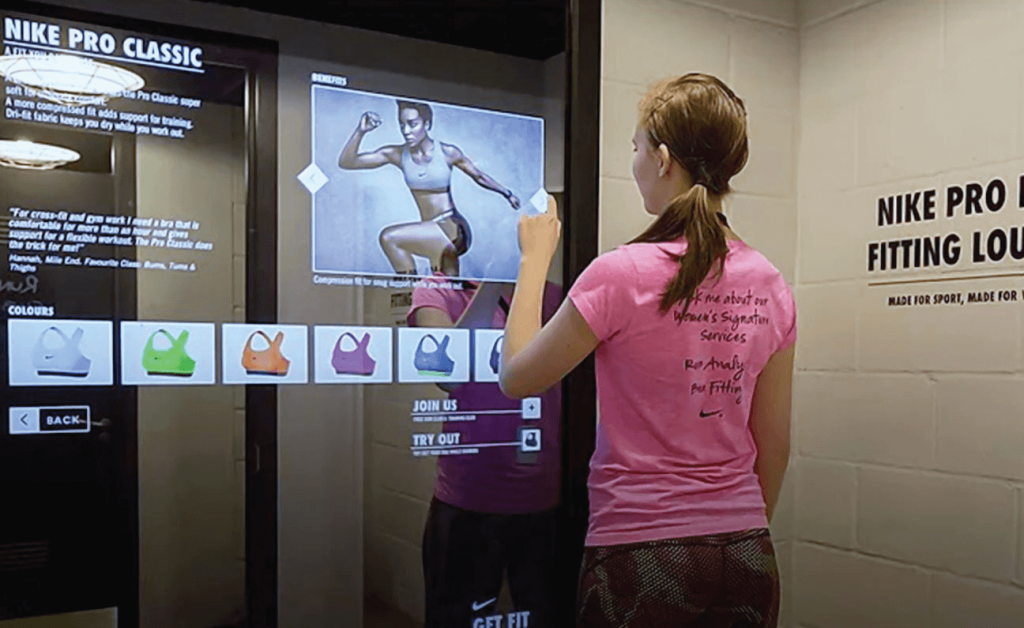
Author: Arti Devmurari
Published: July 7, 2025 | Updated: July 23, 2025In today’s fast-evolving retail landscape, brick-and-mortar stores are far from obsolete. In fact, they are transforming into dynamic hubs that work in perfect harmony with online shopping. As more consumers research products online before ever stepping into a physical store, retailers are finding that a well-designed storefront can be the bridge between digital interest and in-person experience.
Imagine walking into a store where every element—from the layout to the lighting—has been carefully crafted to enhance your shopping experience. This isn’t just about selling products; it’s about creating an environment that tells your brand’s story and inspires confidence. Whether you’re an established retailer or a new business owner, designing a space that complements e-commerce can increase foot traffic, boost sales, and build lasting customer relationships.

While online shopping offers convenience, physical stores provide experiences that no website can match. In-store environments allow customers to touch, try, and truly experience products, offering instant gratification and personalised service. This tangible connection creates a memorable brand experience, one that digital channels simply cannot replicate. Stores are evolving from static spaces into interactive, immersive environments where customers can test products, engage with cutting-edge technology, and enjoy a seamless blend of the digital and physical worlds.
Design Tip: Ensure your store layout encourages easy navigation and product exploration. Open spaces and intuitive design not only improve customer satisfaction but also make it easier for visitors to transition from browsing to buying.

Today’s consumers expect a seamless shopping journey across all channels. Retailers can harness the power of omnichannel retail by integrating online and offline experiences. Features such as Buy Online, Pick Up In-Store (BOPIS) not only drive convenience but also boost sales by encouraging customers to visit the store. By linking physical spaces with digital experiences, you create a cohesive brand narrative that resonates with modern shoppers.
For example, incorporating QR codes into your displays can direct customers to online reviews or exclusive offers, while digital kiosks and mobile payment options speed up the checkout process. These innovations transform traditional stores into smart retail spaces where technology enhances every step of the customer journey.
Design Tip: Leverage digital signage and interactive displays to merge physical and digital experiences. This not only provides product information but also invites customer engagement, making the shopping experience more immersive.

Modern technology is at the heart of the retail revolution. From self-checkout stations to augmented reality (AR) mirrors, smart technology is redefining what a store can be. Retailers like Nike and Sephora have embraced these innovations, offering in-store experiences that complement their online presence and create a memorable customer journey.
Interactive screens can provide personalised product recommendations, while smart mirrors let customers see how items look without physically trying them on. These technologies not only enhance the customer experience but also streamline operations, reducing wait times and improving overall efficiency.
Design Tip: Incorporate a mix of static and interactive elements. For instance, combine tactile displays with digital interfaces to create a multisensory experience that captivates your customers.

Personalisation is no longer a luxury—it’s a necessity. By using data analytics and AI, you can tailor the in-store experience to each customer. Whether it’s through loyalty programmes that offer bespoke discounts or interactive screens that recall previous purchases, personalisation makes customers feel valued and understood.
Retailers can harness these insights to create customised environments that speak directly to their target audience. This level of personalisation not only enhances the shopping experience but also builds long-term brand loyalty, as customers begin to associate your store with a tailored, high-quality experience.
Design Tip: Use customer data to inform your store’s layout and product placements. Subtle personalisation, such as targeted promotions and curated displays, can have a significant impact on customer satisfaction and sales.

One of the most exciting developments in retail today is the concept of using physical stores as fulfilment centres. This approach allows you to reduce shipping times and costs by integrating your online and offline operations. Imagine a customer ordering a product online and then picking it up in-store, where they can also browse additional offerings. This seamless integration not only enhances convenience but also drives additional foot traffic and upselling opportunities.
Design Tip: Ensure your store layout includes dedicated areas for online order pickups and returns. Clear signage and dedicated spaces can streamline this process, making it an integral part of your overall retail strategy.

In the age of social media, a visually striking store can become a destination in its own right. Unique, Instagram-worthy displays and interior designs encourage customers to share their experiences online, effectively turning your store into a marketing tool. When done right, these visually appealing elements not only attract attention but also foster community and engagement.
Consider hosting in-store events or interactive workshops that encourage customers to capture and share their experiences. This social buzz can significantly amplify your brand’s reach and draw in a broader audience.
Design Tip: Incorporate bold, artistic elements and unique installations that serve as perfect backdrops for social media photos. Think of striking murals, creatively lit product displays, and comfortable, stylish seating areas that invite interaction.

Brick-and-mortar stores are not disappearing; they are evolving. The future of retail lies in the seamless integration of physical spaces with digital technology, creating environments that are both tangible and interactive. By embracing omnichannel strategies, smart technology, and personalised experiences, you can transform your store into a dynamic, engaging destination that complements e-commerce perfectly.
In a world where every customer interaction counts, designing a modern, hybrid retail space is key to driving sales, enhancing brand loyalty, and staying ahead of the competition.
Design Tip: Always keep experimenting. A/B test different layouts, lighting, and interactive elements to find the perfect blend that resonates with your audience.